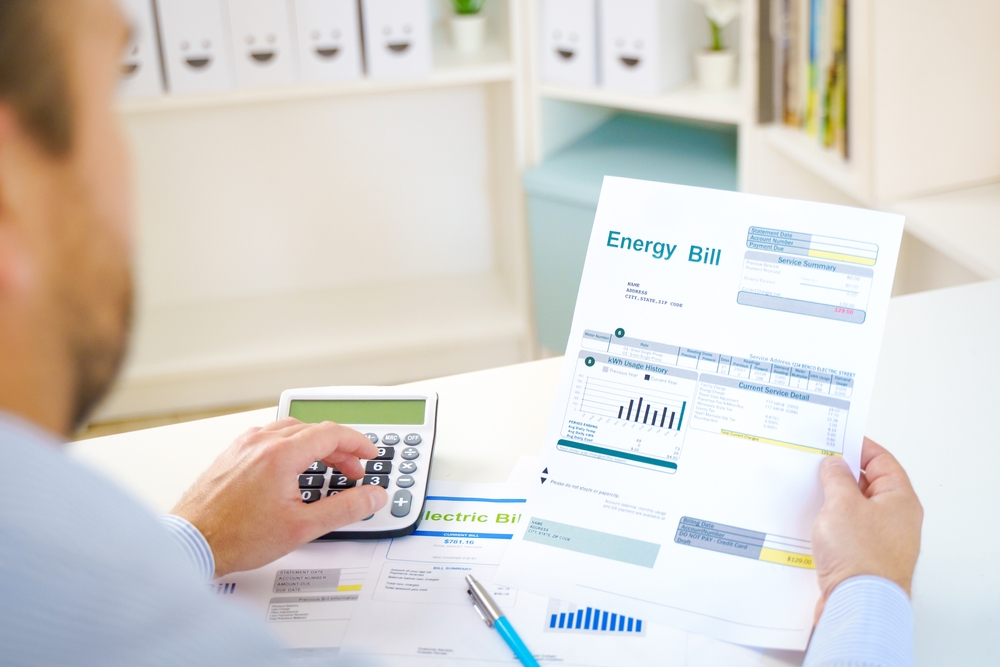Household Bills
Five ways to save on energy for £20 or less

From April, households could start to see their energy bills rise again but there are a number of ways to save money without breaking the bank.
From 1 April, the Energy Price Guarantee, a government initiative to protect bill payers from the full force of rising energy prices, will be increased from £2,500 a year to £3,000.
Although there have been reports that some suppliers have been preparing for the price guarantee to remain at £2,500 until June, this has yet to be confirmed by the Government.
Households concerned about another rise in energy costs may be looking for ways to keep their bills down this spring
“Solar panels and heat pumps are a great way to reduce your carbon footprint and save energy but upfront costs can put them out of reach for many families and sadly, the Government is not doing a lot to help households with the cost at the moment,” said Martin Evans, an energy consultant from The Malthouse Consultancy. “However, there are some simple inexpensive actions we can all take to shave money off our energy bills.”
Here’s five spending tips for £20 or less than can save you money.
Fit your taps with spray nozzles
Fit spray nozzles on taps to reduce your water flow while still giving you plenty of water to wash your hands. You can pick the nozzles, also known as tap or flow aerators, up from around £2. You’ll save on energy by using less hot water and cut back on water waste. Most taps have an internal threaded nozzle that allows them to be screwed in. They cannot be applied to some older style taps.
There are two types of nozzle depending on the model of your tap. Take photos and ask your DIY shop which is right for you, or this handy guide from Save Money Cut Carbon can help you match your tap to the correct fitting.
Switch your shower head
The same trick can be applied to showers. Change your old shower head to an aerated one from around £10. The blend of air and water makes it feel like you are using more hot water than you really are.
Plug up gaps
Seal up your windows with seal tape for a few pounds or buy a kit for two windows which costs around £10. This also includes clear film to place over the pane which acts like an extra layer of glazing. Many DIY shops sell the kits. Take a photo of your window to the shop and ask to be matched to the correct fix.
“In many older houses and, sadly, even in some new ones homeowners often find lots of gaps around windows and doors resulting in heat escaping outside with and cold air coming in,” said Martin Evans, energy expert and director of The Malthouse Consultancy. “This makes the house feel cold prompting us to raise the thermostat temperature as a result.” With less heat loss, you can save money on your heating bill.
Beef up your insulation
Insulating easy areas like roof spaces is a sensible way to cut heating bills. Although loft insulation is commonly installed, homeowners often don’t have enough.
It is recommended to have 300mm (a foot) of quilt-type insulation. Many roofs have much less or none at all. If you have less than this, you can buy a roll of extra insulation such as glass wool or eco-friendly thermal insulation to lay on top.
Airing cupboard leakage
Is your airing cupboard the warmest place in the house? It shouldn’t be, says Mr Evans.
“If you open your airing cupboard and you are hit by a waft of warm air then you need to insulate. Older hot water cylinders often have flimsy insulation jackets with gaps while pipework is seldom insulated. Pipe insulation can cost as little as £1.50 to £3 per metre. It’s very effective and easy to cut and fit.”
Measure the size of your cylinder and replace it with a new or additional insulation jacket if it is loose fitted from around £20.